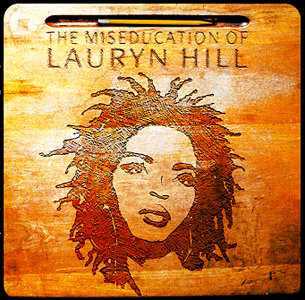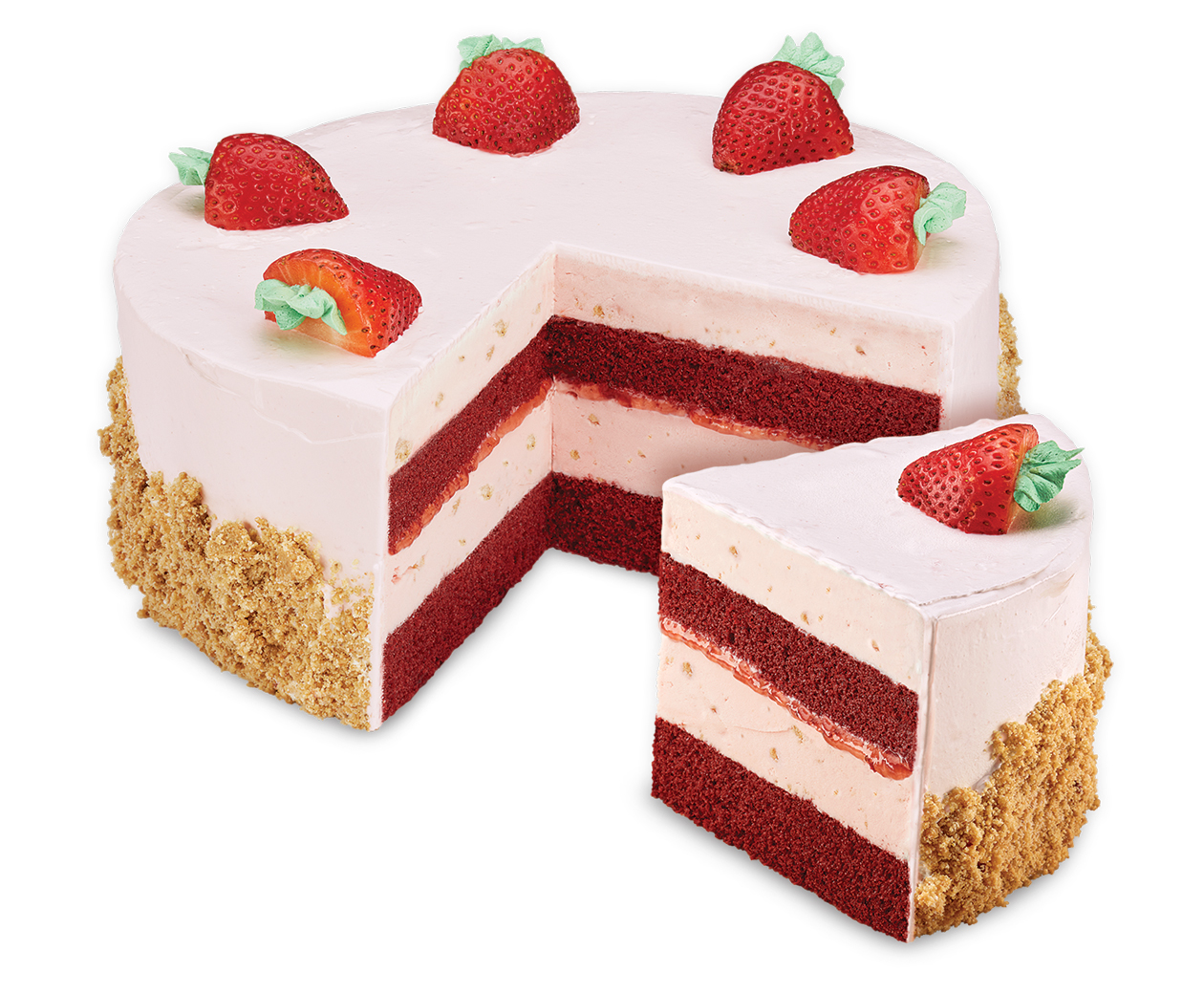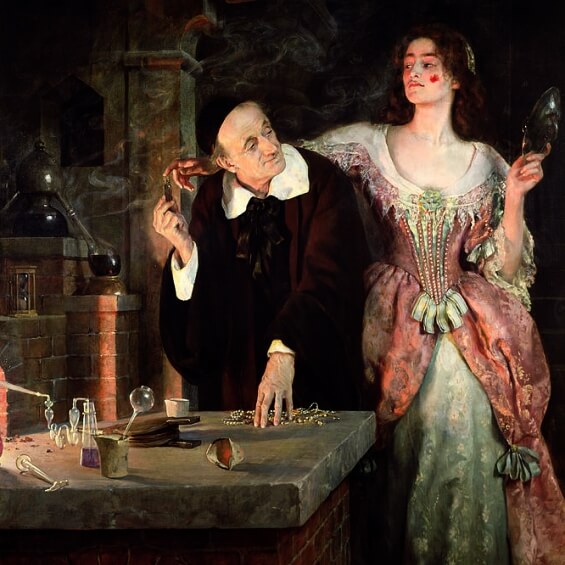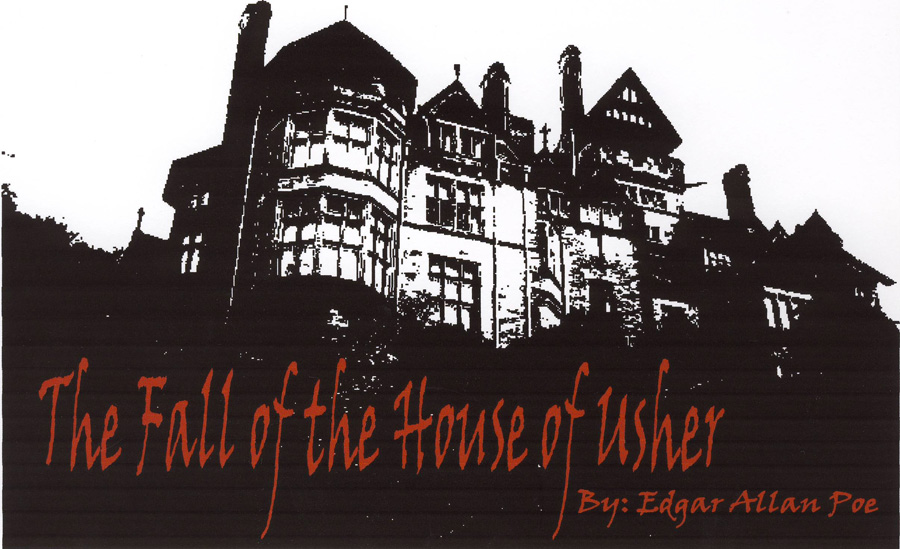I can determine an author's point of view or purpose in a text in which the rhetoric
is particularly effective, analyzing how style and content contribute to the
power, persuasiveness or beauty of the text.
CCSS.ELA-LITERACY.RI.11-12.7
I can integrate and evaluate multiple sources of information presented in different media or formats (e.g., visually, quantitatively) as well as in words in order to address a question or solve a problem.
I can integrate and evaluate multiple sources of information presented in different media or formats (e.g., visually, quantitatively) as well as in words in order to address a question or solve a problem.
Why all the controversy?
1) We will be reading and reacting to the NYTimes article announcing Morrison's Beloved as the best novel in the past 25 years, Margaret Atwood's Book Review, and a Washington Post article about the controversy the novel has caused in high schools. Copies of the articles are found here.
2) We'll specifically write about the positive and negative reactions to the text.
3) We'll review the vocabulary terms for this week (found in the above link to the articles.)
4) We MAY get to reading Morrison's Introduction. Copy of the text here.
5) Exit Ticket: Write about why Morrison should be included in the curriculum based on what you know about her.
HOMEWORK: Read the rest of the Introduction.
















